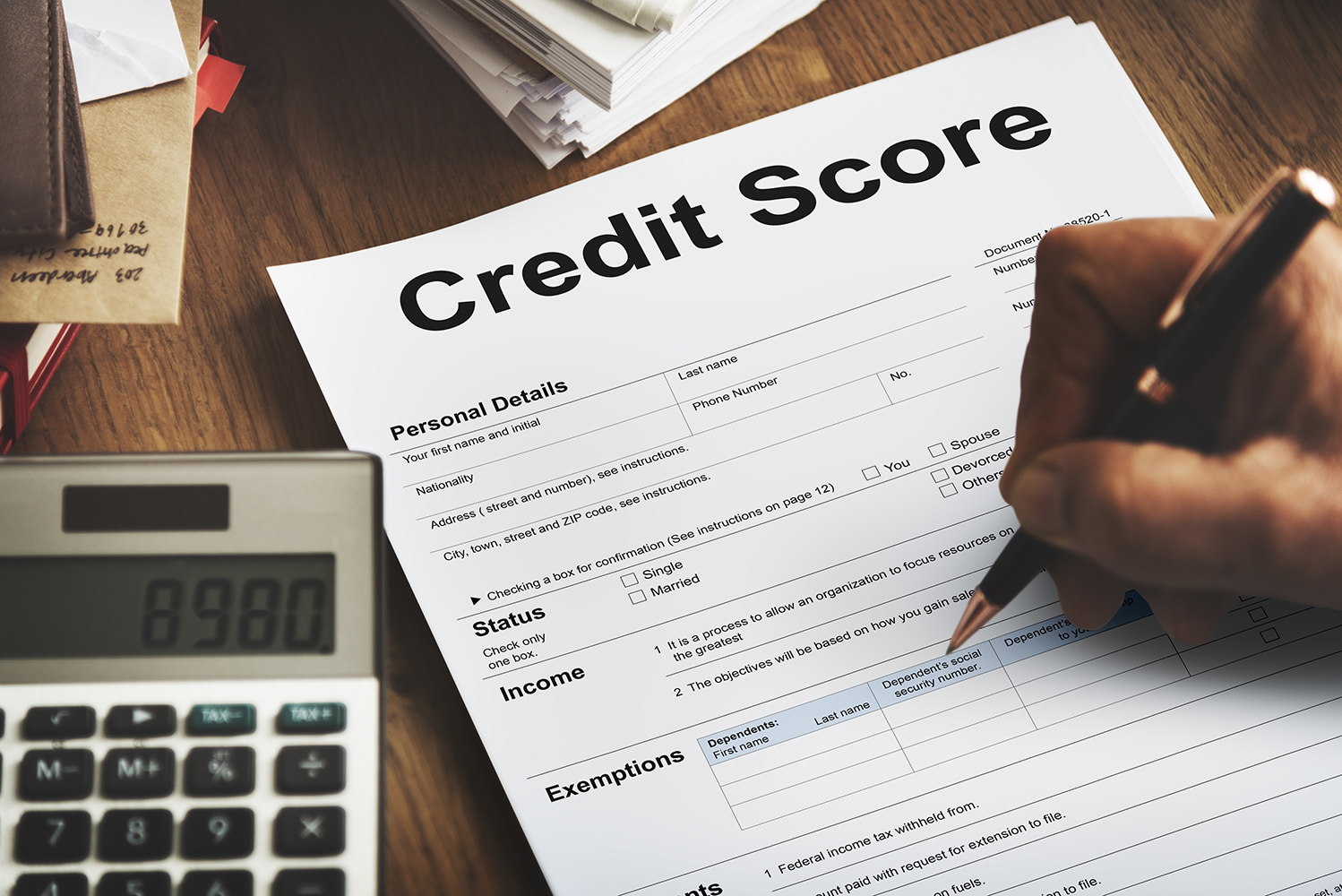There are a couple of different words that can follow the word “credit,” and the difference is important to understand. What goes into your credit score is different than how your credit report is determined. A credit report shows the payments you have made over time, while your credit score is a number that “measures” and qualifies your creditworthiness as it compares to others.
Your credit score will be a three-digit number, and it’s used by lenders to make a decision on whether or not to approve you for a loan. It communicates how likely you are to repay them and, in theory, demonstrates how reliable you are as a candidate for a loan. The higher your score, the more likely a lender is willing to loan you funds. A higher number is a favorable indicator that you are creditworthy and can be trusted to repay the full amount in a timely and reliable manner. This number can also even determine the terms at which you’re offered a loan. It can mean a lower interest rate or other perks for having a good credit score.
These days, it’s also more than just lenders that take a look at your credit score. Sometimes landlords, employers, and even insurance firms look at the credit score as a measurement of how responsible they can presume you to be. As for what goes into a credit score, let’s take a deeper look at the factors that contribute to the number that represents you.
How Is a Credit Score Calculated?
There is a company called FICO and this is probably the most widely used score. The credit score ranges from 300 to 850, with the numbers at the higher end being “better.” Generally speaking, anything over 740 is considered to be an “excellent” score and will help you to qualify for the best rates. However, if your score is below 650, you’ll pay much higher rates on any credit cards and loans you’re approved for—if you’re approved for them at all.
It may not sound like much, but even a mere 20 points is a significant enough number to make a difference in the interest rates you’ll pay the lender. If you’re able to qualify for credit, then it’s important to know where your credit score is and how to go about improving it. The latter is particularly important if you’re browsing home loans or other bigger-purchase items.
The Breakdown
When looking at the FICO credit score, it’s “weight” is split into a few categories: 35% is represented by your payment history, 30% is the outstanding amount you owe, 15% is how long you’ve been eligible for credit (the length of your credit history), 10% the types of credit you have used, and 10% is about your new credit.
Arguably, the most pertinent part of the score is your payment history. This is measured simply by if you’ve made all payments and made them on time. The amount you owe is more about making sure that your outstanding debts aren’t exorbitant in comparison to your income, so you would still be able to pay the lender considering you for the loan. This can sometimes be referred to as your debt-to-income (DTI) ratio. The other portions are more linked to how long you’ve utilized credit, plus the age of the other loans. Lastly, the 10% numbers communicate what sorts of other loan types you have and whether there may be any new accounts you’ve opened recently. Take note, opening too many new accounts in a short amount of time can be a red flag for some lenders.
How Can I Improve My Credit Score?
This is a process, and the first step you can take to improve your credit score is to order a copy of the report and thoroughly go through it to see if there are any errors. These can take the form of a loan that may have been paid in full but still shows up on the report. Or sometimes there are fraudulent charges or loans appearing that you’ve never taken out. It’s important to go through what is already on the report so you can clear up any of the mistakes and get ready to work on improving it.
Next, you can see which accounts are close to being paid off. If you’re in the market for a new car or house, it’s certainly worth the effort to clean up your credit score so you can benefit from a lower interest rate. If there are accounts that you’re able to pay off earlier (without any early repayment fees), then go ahead and do so. It can take up to a couple of months for things like this to be reflected on paper, so keep that in mind.
Payments and Balances
It’s imperative that you keep making payments—on time!—during this period and as long as you have the loan. Since payment history is weighted so high, it’s crucial that you’re keeping on top of monthly repayments.
You can also make it a priority to keep your revolving balances low on your credit cards. Because one of the things that factors into your overall score is the debt-to-income ratio, you can bet that keeping credit card balances on the lower end would be a good thing. Keep using your credit cards and making the monthly payments, but aim to keep the balances lower so as to show lenders you’re capable of maintaining various accounts and not maxing them out just because you have them. If you have any unused cards, don’t close them. That can also cause a few dings on your credit report. Just use them as needed and keep making those payments on time.
When You Apply for New Accounts
Applying for new accounts can actually lower your credit score. Avoid applying for multiple new credit loans unless you need them. If you do need something and are shopping around, be sure to have all applications within a shorter window of time—say two weeks—instead of spreading them out over many months. This will suggest that you were actually in the market for new credit and you’re not just applying and opening new accounts willy-nilly.
The experts at Central Willamette Credit Union are here to answer any questions you may have and are happy to help you if you’re looking at opening a new credit card or other credit account.


